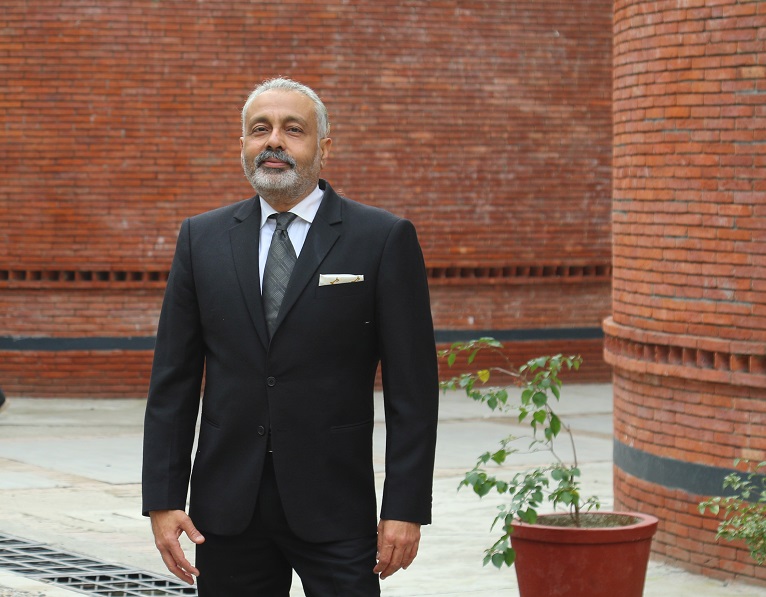Education for Equality starts with Equality in Education
We all understand how important education is in determining the quality of our lives and that without a purposeful education, the career goals we have in mind are in vain. However, there has been a serious problem with the quality of education and the way it is delivered in our country due to differences in gender and economic status. Numerous issues plague the Indian educational system, which needs to reform if learning is to be improved.
What are we seeking to do, for whom, and to what standards? Is where the process begins. Research demonstrates that curricula, examinations, teacher behaviors, and even desired results can differ dramatically among top-performing school systems, but they all have one thing in common – They all focus equally on every child, regardless of ethnicity, gender, socioeconomic status, or region. “Communities and the country as a whole will advance if better education will be provided to all. There are so many young people in India who are eager to work but lack the right qualification and skills. By providing our learners with access to high-quality educational options, we can encourage them to fulfill their full potential. This will also serve as a great opportunity for our nation to achieve true success, whether in terms of social equality, economy, or better living standards for all,” says Anoop Singh Bishnoi, Chairman of The Doon School, Dehradun.
Lack of infrastructure and access, or more
specifically, the fact that not enough kids can go to school, is one of the
most pressing barriers in education; but in the 21st century, the
unthinkable is becoming possible and the same holds true for schooling – thanks
to technology. Technology also makes it possible for kids with physical or
learning difficulties to rejoin the regular education system, but once again,
for EdTech to be truly transformative, it must be fair and equally available to
everyone. “We must realize that EdTech for all encompasses far more than just a
mobile-compatible, free educational app. All stakeholders, including teachers,
communities, and the reformers who make decisions for schools and institutions,
must be involved and aware of the advancement in EdTech in order to improve the
quality of education being provided within the system, and every child should
have access to it,” says Anoop. “To provide high-quality education, a full
ecosystem of empowered teachers, tech-enabled learning, change-oriented
policies, and grassroots initiatives is required. It is crucial to consider the
various learning requirements and develop EdTech products that could benefit
students from various backgrounds. If a student or a teacher of any background,
gender, age, or technical proficiency cannot use an educational technology,
then it is not truly accessible. Equitable EdTech should be simple to use so
that scaling it doesn’t require extensive training,” he further adds.
Education is a systemic priority, just like
most other truly essential ones. It has social, emotional, cultural, and
infrastructure components. This increases the difficulty because a complete
ecosystem must prioritize this and comprehend its part in it.




Comments
Post a Comment